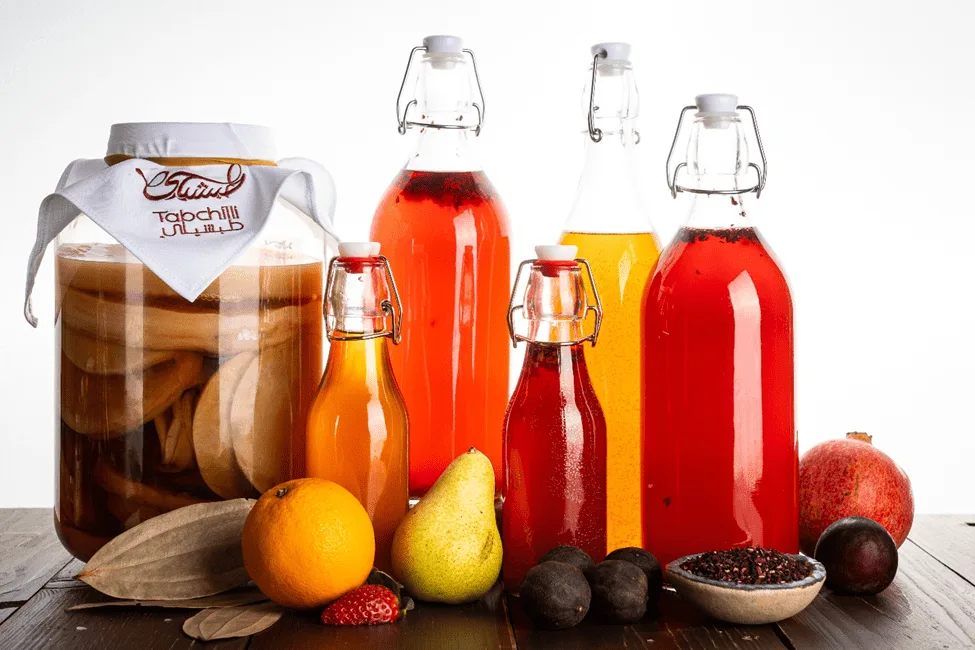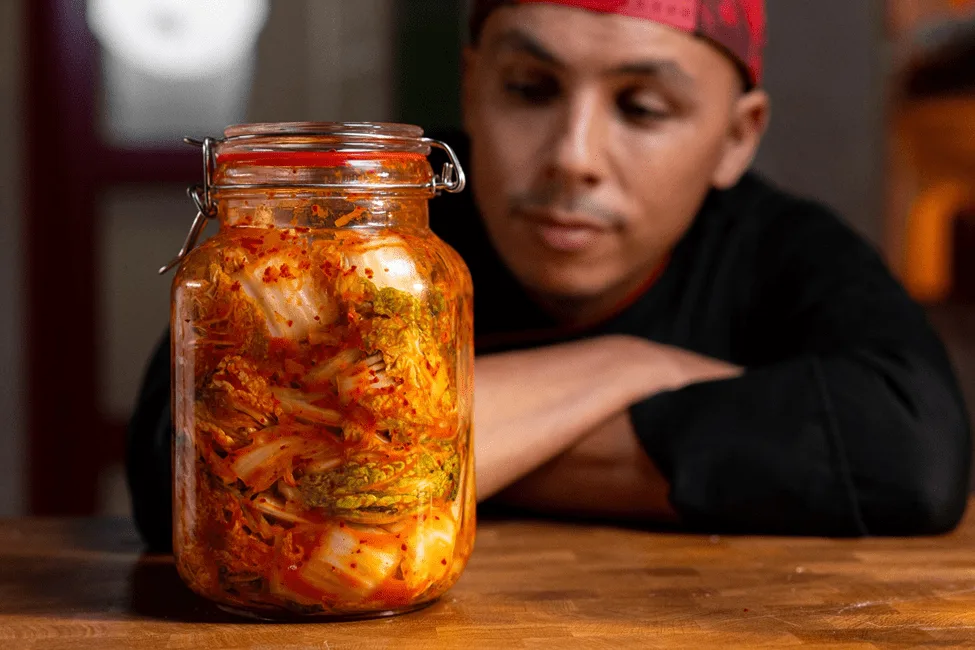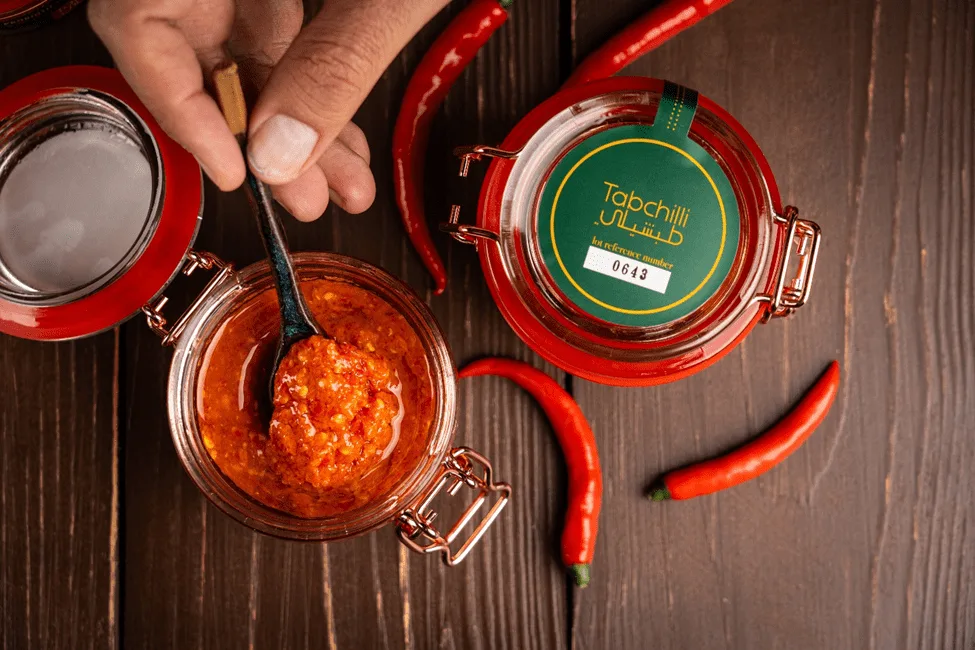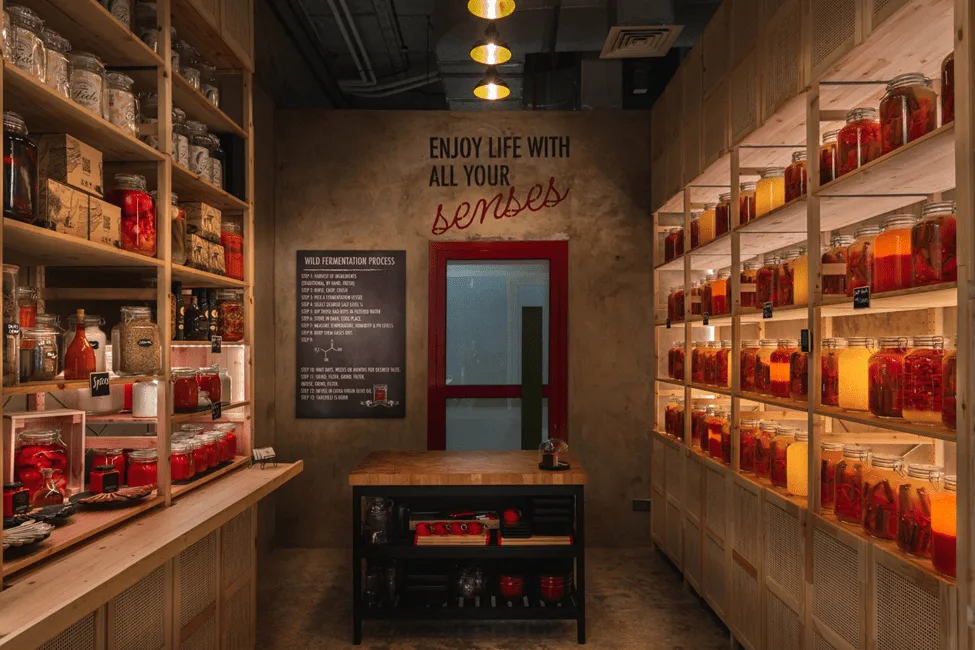The Time-Honored Tradition of Fermented Foods
Fermentation is a culinary and cultural cornerstone that has shaped human history, tracing back to ancient times when early civilizations discovered the transformative power of microorganisms. This natural process involves bacteria and yeasts converting organic substances into simpler compounds, such as acids, gases, or alcohol, which act as natural preservatives and flavor enhancers.
The history of fermentation is as rich and diverse as the cultures that practice it. In ancient Egypt, people were already making fermented bread and beer over 4,000 years ago. The Chinese were fermenting cabbage during the Shang Dynasty (c. 1600–1046 BCE), paving the way for what would evolve into kimchi in Korea. In Africa, traditional beverages like sorghum beer have been a staple part of diets for centuries. Europe’s love affair with fermentation brought us cheeses and wines that are still celebrated today.
The practice of fermentation was not just about preserving food—it was a crucial enhancement to the diet, improving the nutritional intake of societies and enabling people to thrive in diverse environments. This has allowed communities to establish more stable food systems that could withstand seasonal changes and geographical challenges.
Exploring the Variety of Fermented Foods

Sauerkraut: Originating in China over 2,000 years ago before becoming a staple in German cuisine, sauerkraut is a prime example of fermentation’s role in cross-cultural culinary practices. It utilizes simple ingredients (cabbage and salt) and through the magic of lactic acid fermentation, transforms into a food that can last through harsh winters. Rich in vitamins C and K, and boosted by probiotics, sauerkraut was even used by sailors to prevent scurvy during long voyages.
Kimchi: A national dish of Korea, kimchi is much more than a spicy condiment. Each region of Korea has its own variations, reflecting the agricultural heritage and climatic conditions of that area. Kimchi is made by fermenting vegetables with a blend of garlic, salt, vinegar, chili peppers, and other spices, which not only preserve the vegetables but also create beneficial enzymes, b-vitamins, Omega-3 fatty acids, and probiotics.
Kombucha: Thought to have originated in Northeast China around 220 B.C. and later traveled to Russia, Europe, and the rest of the world, kombucha is a fermented food tea known for its tangy flavor and health-promoting properties. The fermentation of sweetened tea with a SCOBY (symbiotic colony of bacteria and yeast) produces a carbonated drink that is rich in vitamins, particularly B vitamins, and other compounds beneficial for health.

Natto is a traditional Japanese food made from soybeans fermented with Bacillus subtilis. It’s known for its strong flavor, slimy texture, and powerful health benefits. Natto is exceptionally high in protein and vitamins, especially K2, which is essential for bone health. The fermentation process produces nattokinase, an enzyme that has been linked to improved cardiovascular health.
Miso is another cornerstone of Japanese cuisine, a paste made from fermented soybeans, salt, and koji (a type of fungus). Miso fermentation can last anywhere from a few weeks to several years, leading to a wide range of flavors and uses, from soups to marinades. Miso is rich in essential minerals and a good source of various B vitamins, vitamins E, K, and folic acid.
Tempeh originates from Indonesia and is made by fermenting cooked soybeans with a mold called Rhizopus oligosporus. Unlike many other soy-based products, tempeh is a whole food, with a firm texture and a nutty flavor. It’s highly nutritious, offering a full spectrum of amino acids, making it an excellent source of vegetarian protein. The fermentation process also makes the soybeans easier to digest and reduces the phytic acid content, which can inhibit mineral absorption.
Cheese is one of the most widely recognized fermented foods globally, with its origins dating back thousands of years. The process involves the acidification of milk and the addition of rennet (a complex of enzymes) to cause coagulation. The solids are separated and pressed into final cheese form. Fermentation by various bacteria and molds imparts each cheese with unique flavors and textures. Cheese is a significant source of calcium, fat, and protein, and the aging process can also produce probiotic benefits.

Kimchi: A national dish of Korea, kimchi is much more than a spicy condiment. Each region of Korea has its own variations, reflecting the agricultural heritage and climatic conditions of that area. Kimchi is made by fermenting vegetables with a blend of garlic, salt, vinegar, chili peppers, and other spices, which not only preserve the vegetables but also create beneficial enzymes, b-vitamins, Omega-3 fatty acids, and probiotics.
Yogurt is made by fermenting milk with specific bacteria, mainly Lactobacillus bulgaricus and Streptococcus thermophilus. The fermentation thickens the milk and gives it a tangy flavor. Yogurt is well-known for its probiotic qualities, enhancing gut flora health. It’s also rich in important nutrients, including calcium, vitamin B12, vitamin D, and protein.

Fermented Hot Sauce: Tabchilli takes the ancient method of fermenting chili peppers to produce hot sauces that are not only vibrant in flavor but also packed with gut-friendly probiotics. The peppers undergo a fermentation process that lowers the pH, enhances the nutrients, and develops complex flavors that cannot be achieved through traditional cooking methods.
The Importance of Fermented Foods for Health and the Environment
Fermented foods play a critical role in modern diets by offering health benefits linked to digestive and overall wellness. These foods are rich in probiotics, which are essential for maintaining a healthy gut microbiota, crucial for digestion, absorption of nutrients, and immune function. Additionally, fermentation helps break down food into more easily digestible components and enhances nutrient bioavailability.
From an environmental standpoint, fermentation is a sustainable food practice. It requires minimal energy and resources while maximizing yield and minimizing waste. By extending the shelf life of perishable produce through fermentation, we can significantly reduce food waste. This is crucial in our global effort to feed more people with fewer resources.
Tabchilli: A Hub of Nourishment and Sustainability in Dubai

At Tabchilli, we are passionate about bringing the ancient art of fermentation into the heart of Dubai, offering a variety of fermented products that promote both health and environmental sustainability. We source ingredients locally to support the local economy and reduce our carbon footprint, and our production processes are designed to minimize waste and energy use.
By educating the community on the benefits and methods of fermentation through our workshops and products, Tabchilli is not just a business but a movement towards a healthier, more sustainable world. Every product we offer is infused with the commitment to nurture both the individual and the planet.
In the bustling metropolis of Dubai, Tabchilli is proud to offer a variety of fermented products that cater to sophisticated tastes and health-conscious consumers. Our offerings bridge the gap between ancient culinary traditions and modern dietary needs, creating a unique food experience that nourishes the body, delights the senses, and respects the environment. Join us at Tabchilli, where every product is crafted with care and a deep understanding of the transformative power of fermentation.
1% of each order supports children with juvenile arthritis.